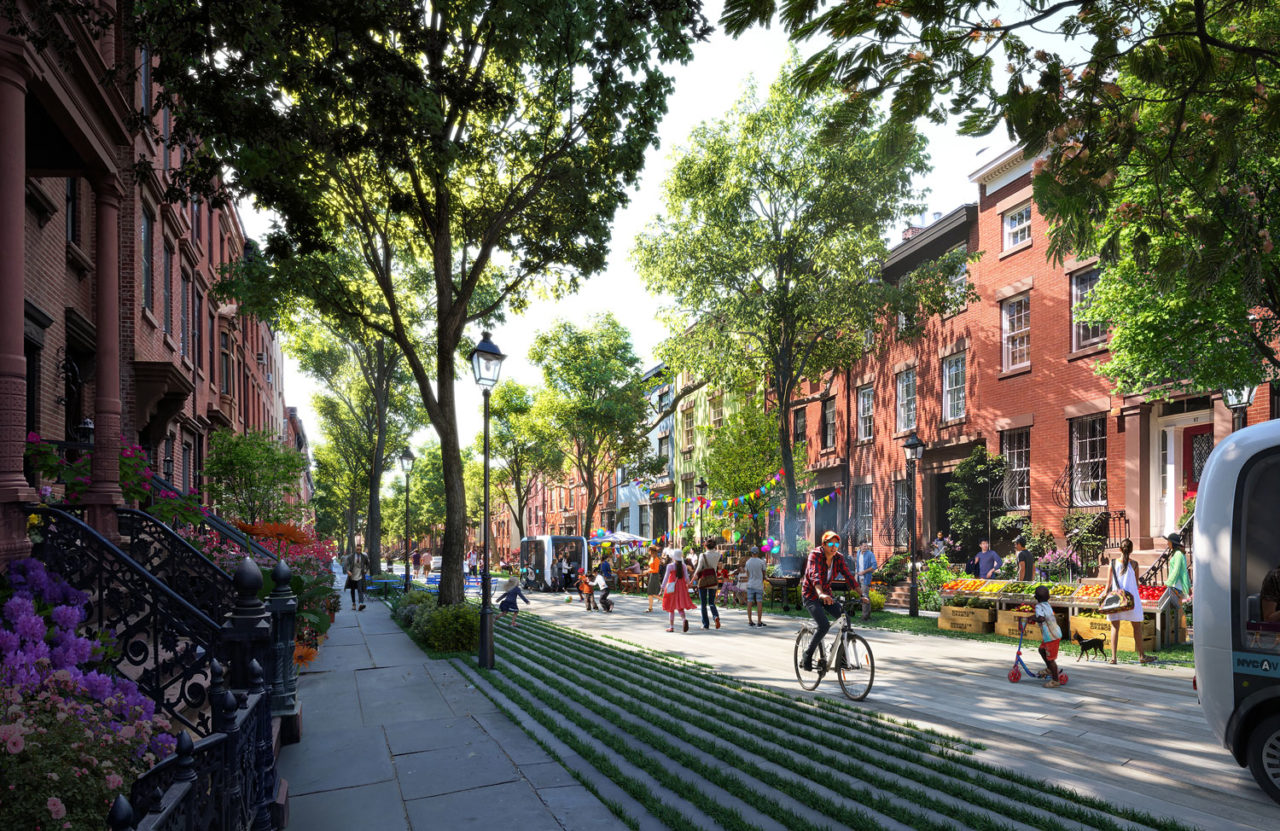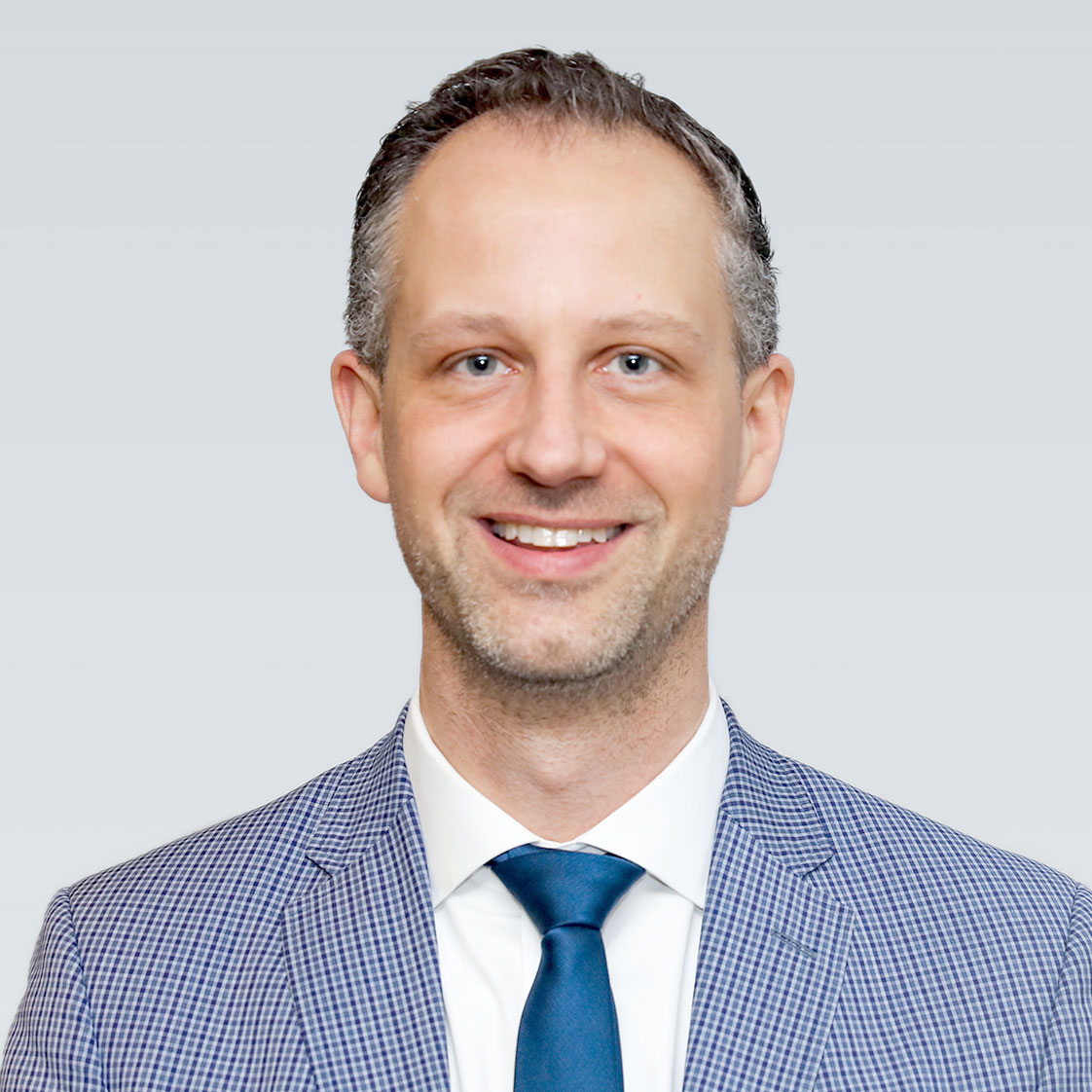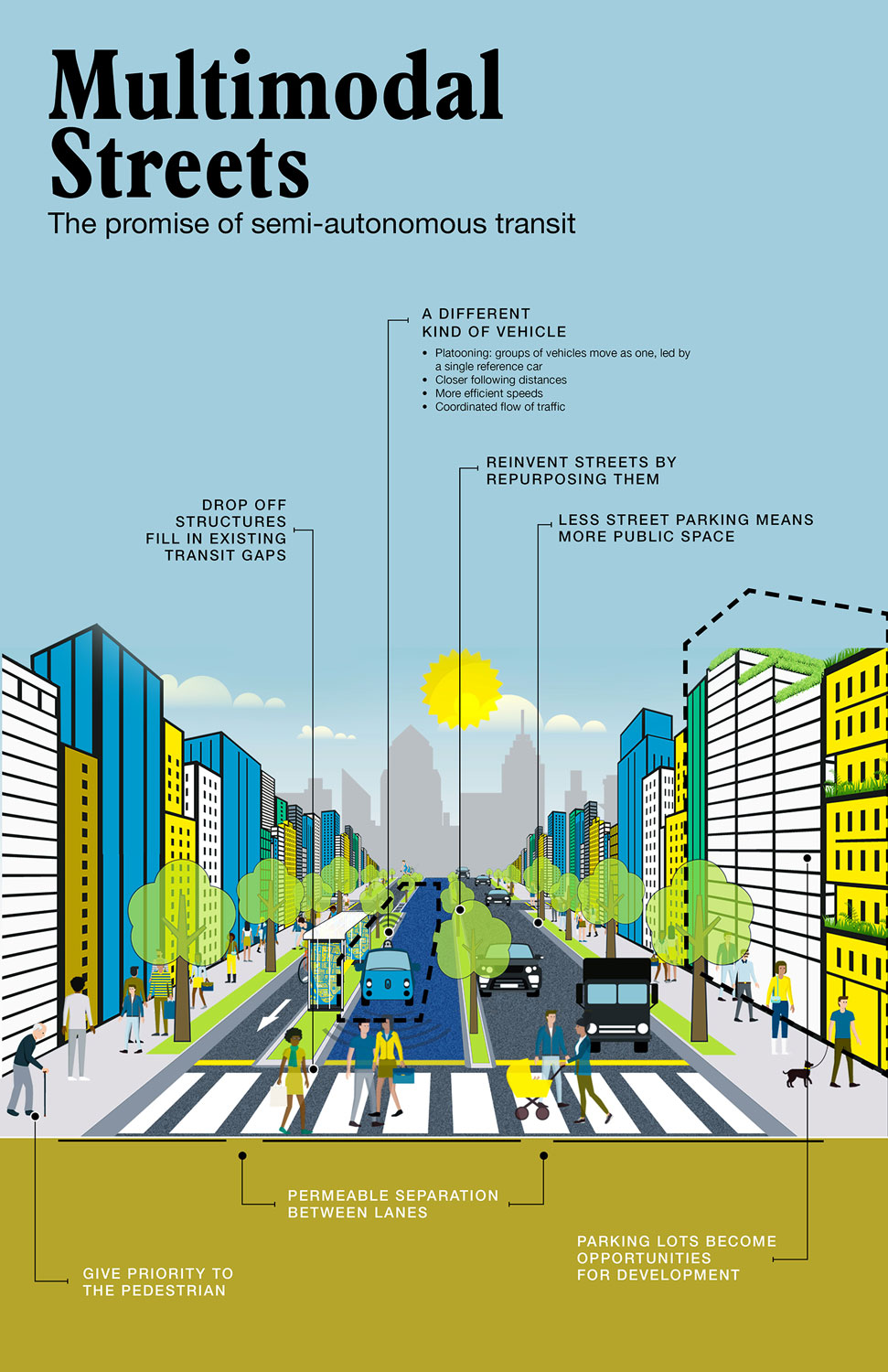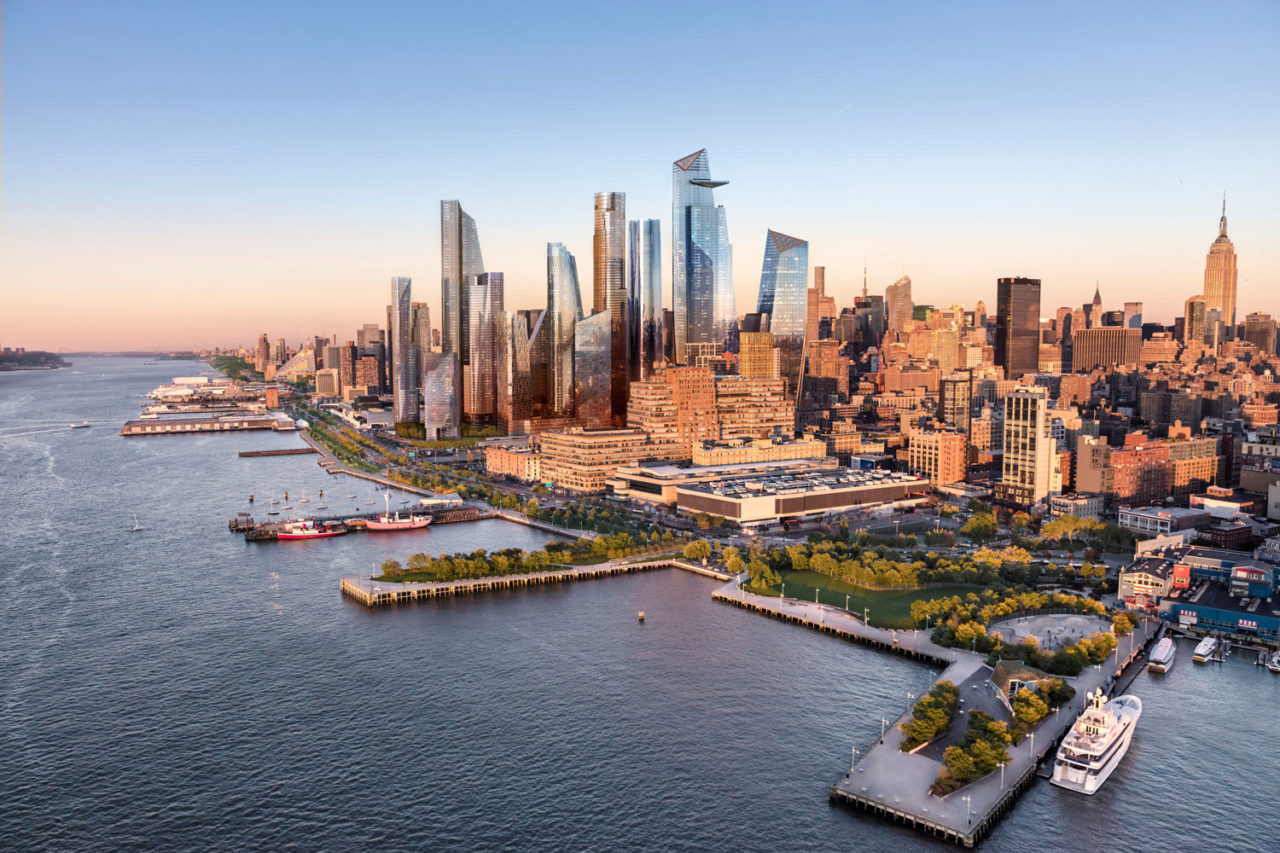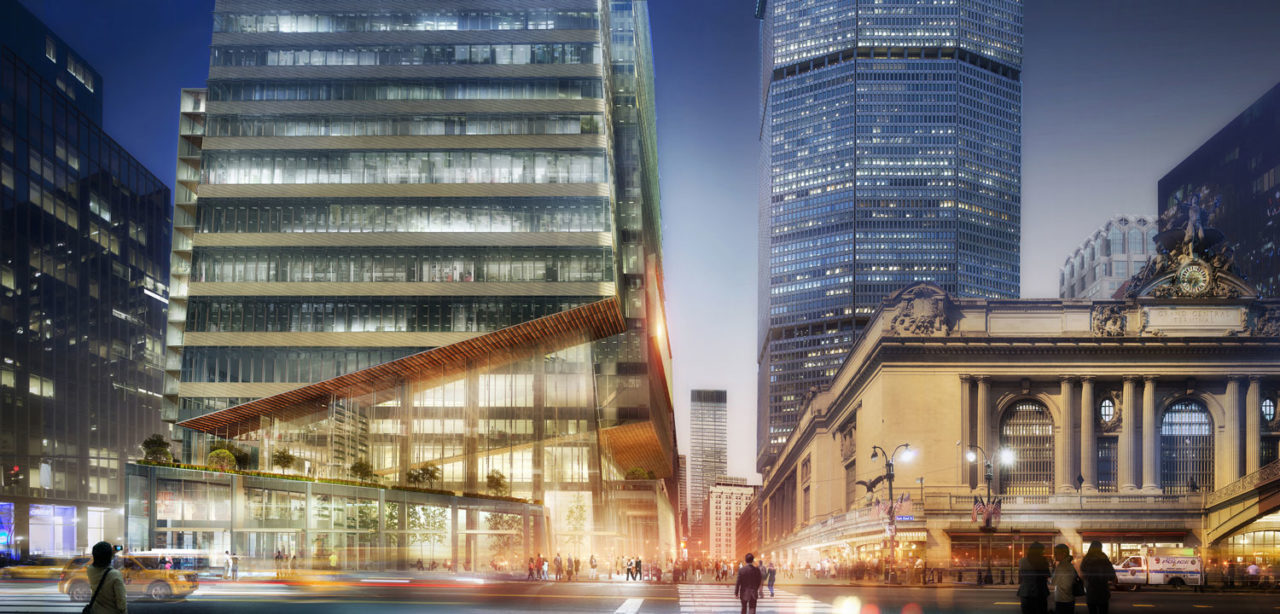by: Alexander Luckmann
Jeffrey Shumaker, AICP, Assoc. AIA, recently joined KPF as the firm’s Director of Urban Planning and Design. Previously, he was Chief Urban Designer for the New York City Department of City Planning (DCP). Over the course of a decade with DCP, he worked to ensure a high level of design quality on projects across the city and helped shape plans for neighborhoods as diverse as Coney Island in Brooklyn, Hudson Yards in Manhattan, and Hunters Point South in Queens. Prior to his city role, Shumaker had garnered over 12 years of experience working in the private sector for a variety of architecture and planning firms including Skidmore, Owings & Merrill in New York, Goody Clancy in Boston, Wallace Roberts and Todd in Philadelphia, and his own practice, Urbanscape, which he founded in 2002. Jeffrey often lectures on urban design and has received too many awards to list here, including the AIA New York’s 2016 Public Architect Award and DCP’s Michael Weil Award, recognizing excellence in urban design in the public realm.
Today, in his role as KPF’s Director of Urban Planning and Design, Jeffrey works closely with KPF Urban Interface (KPFui), which uses data-analytics to inform the design and planning of cities. On Friday, December 1, he will speak at AIA New York’s symposium “Anticipating the Driverless City” as part of the panel From Bel Air to Bitcoin: Planning for Our Urban Future. (RSVP for the symposium here.)
Q: You recently joined KPF as Director of Urban Planning and Design. Can you describe your new role?
A: My role at KPF is in many ways similar to what my role was at the Department of City Planning (DCP). While at the City, in addition to reshaping the physical form of the city, neighborhood-by-neighborhood, a main focus of my time was on the design of the public realm, on the streets, parks and plazas between buildings and along the waterfront. And I have to give credit to Amanda Burden for bringing this focus to the City, and the main reason why I joined in the first place. My new role at KPF is bringing a similar focus to the firm’s portfolio of projects around the globe, ensuring that the horizontal cityscape, the design of the public spaces between buildings, is given equal weight to the design of the vertical cityscape. At KPF, I also have the great advantage of working very closely with Luc Wilson and the entire KPFui team, which uses urban data analytics to inform the design and planning of cities, bringing for me an unprecedented level of intelligence to the design process. Already, in the first six months, I’ve had the pleasure of working with our offices in London, Hong Kong and Shanghai on a variety of projects including a competition for a master plan in China, which I think best represents the potential when designing a very dense, smart and sustainable neighborhood around a robust human-scaled and multi-layered public realm.
Q: You have worked in both the public and private sectors, most recently spending a decade at the New York City Department of City Planning. Can you describe the experience of working at a firm as opposed to in government?
A: I think for me one of the big differences is not feeling inhibited in bringing more of a design focus to tackling the big challenges that cities face. An example of this is our driverless future initiative that we started shortly after I joined the firm. Working closely with KPFui and our partners at Arup, IBM and MIT, we are taking a comprehensive look at the planning and design effects of driverless vehicles and how cities can harness this new technology to improve the public realm and distribute growth more equitably. Working in a firm gives you the freedom to explore all aspects of a particular issue, especially the design implications, and choose who you get to work with—in this case, we are working with some of the greatest minds in business and academia.
Q: How did your experience at DCP prepare you for your new position?
A: KPF is fundamentally an urban practice with a strong commitment to its home of New York City so in many ways it feels very familiar to me. Although KPF is a truly global practice, I think many of its projects around the world draw from experience gained right here at home. For me, it is an incredible opportunity to be able to take the experience garnered from ten years working for one of the greatest cities in the world and apply that to a variety of contexts. Some things do not translate as easily but when you get on the ground (as you should as an urban designer) the fundamentals are the same. Particularly if you view the city through the eyes of someone walking down the sidewalk, what matters most is what you see and experience at that level, what makes that experience interesting and unique, a place unlike any other.
Q: You were trained in both architecture and urban planning. How do you see these two disciplines interacting? What can one learn from the other?
A: I’ve spent my entire career working at the intersection of urban planning and architecture and I truly believe the best projects embrace both professions equally. On the planning side there tends to be a greater appreciation and understanding of how policies, rules and regulations shape our cities and how seemingly minor tweaks to the rules can have a profound and far-reaching effect on the city. This is something that I hope to bring to our large portfolio of work in China, working with city officials to change the rules to make it easier to achieve the kind of walkable and more human-friendly neighborhoods that many governments and clients are asking for but the current rules don’t really allow. On the architecture side is a greater appreciation of design—design really does matter when making cities more livable and attractive—and not just for the elite but for everyone. Everyone deserves good design. Particularly when you look at the public realm, good design can mean the difference between a street that is more pedestrian-friendly, one that people will want to walk down, versus one that is designed primarily for cars, is less safe and unattractive.
Q: How are you involved in AIA New York? What does this involvement mean to you?
I am currently serving as the Public Director on the Board of the AIA New York Chapter, which is a role that I began while I was still working for the city. AIANY has always been a great partner with the city, working with many city agencies to advocate for making NYC more livable, equitable, and sustainable. Recent examples of AIANY’s critical partnership with DCP include the release of the city’s first ever urban design principles, Zoning for Quality and Affordability, the adAPT NYC Micro-unit housing competition, and numerous sustainability and resiliency initiatives. My role on the board has given me a greater appreciation of the breadth of programing of both the Chapter and the Center for Architecture—it is truly astounding the number and quality of AIANY initiatives and events. This city is incredibly fortunate to have such an active chapter and a place like the Center for Architecture that not only serves the profession but the entire city.








